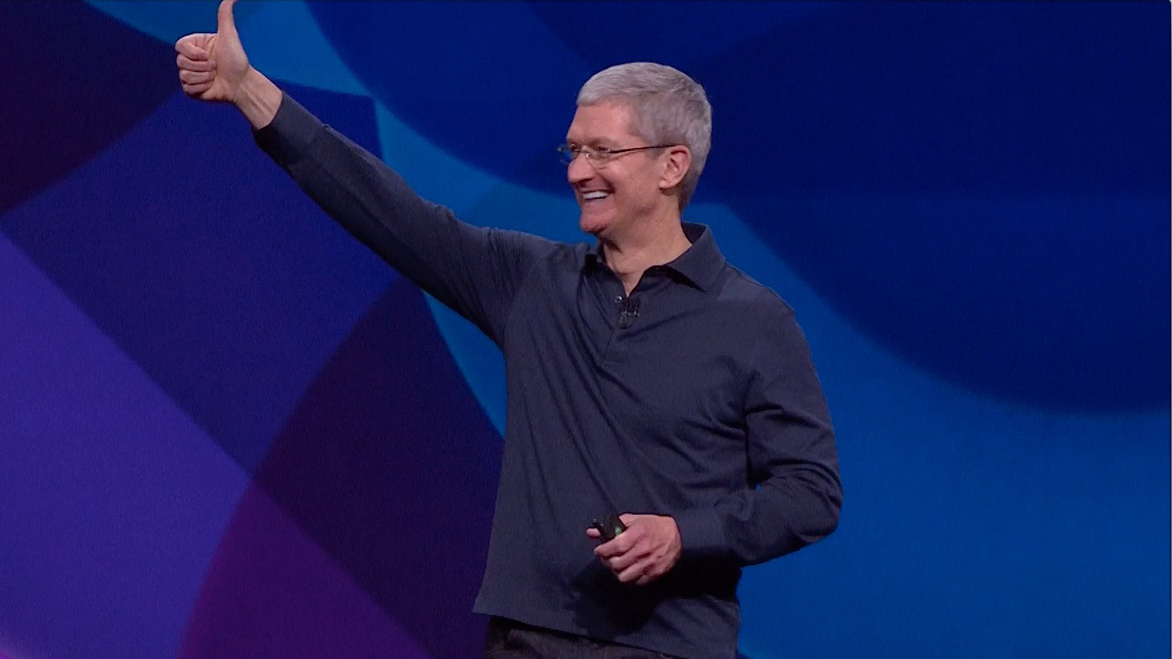Apple Glasses could be for niche users at first, like Google Glass
They'll focus on VR over AR but be pricey, per a new report

Apple’s first headset may be a more expensive product aimed at enthusiasts, with a more ambitious product following at some point, according to a new Bloomberg report. The smart wear in question could be more VR than AR, though, so whether it matches previous rumors about the so-called Apple Glasses is unclear.
The rumored first headset, which is allegedly codenamed N301 and in a late prototype phase, will focus more on VR with some limited AR capability, and Apple plans to launch it as soon as 2022, sources told Bloomberg. Given that it’s expected to compete against VR-only Oculus, HTC, and PlayStation VR headsets, we aren’t sure how much augmented reality function Apple’s first headset will have.
But the sources do indicate the initial Apple headset will be far pricier than those VR devices – but rather than come right out with an exact price tag, Bloomberg’s intel suggests the company will use its retail exclusivity to its advantage. Whatever the final cost ends up being, even if Apple could sell one headset per day in its retail stores, given there are around 500 brick and mortar locations, napkin math suggests unit sales of under 200,000 headsets per year.
While that’s thin info and subject to speculation – with just sales expectations to go on, Bloomberg theorized the Apple headset could cost on par with the $5,999 (about £5,499, AU$9,999) iMac Pro – that does suggest the product will be aimed at niche users. Like the initial round of Google Glass, only enthusiasts may need apply.
- CES 2021: all the best gadgets, TVs, devices, and robots a the online-only tech show
- Best VR headsets: the top virtual reality devices on the market
- Best VR games 2020: the top virtual reality games to play right now
Apple headset: processors to justify price?
The first Apple headset may pack hardware to justify its price: Apple plans to fill it with some of its most advanced and powerful silicon, with some chips beating out the M1 processors rolling out in the Mac and MacBook lines. The VR-displaying screens are alleged to be higher-resolution than those in competing VR goggles, and the headset may also pack a discrete fan, sources told Bloomberg, which is interesting given the company’s tendency to design moving fans out of their hardware for slimmer product profiles.
The report describes Apple’s N301 as still in development and far from a final design: the necessity of the fan led to a bulkier prototype threatening neck strain, leading designers to shrink the headset until eyeglasses couldn’t fit and instead develop a system to insert prescription lenses over the VR screens.
To save weight, the headset might use a fabric exterior, unlike the metal designs of recent products like the AirPods Pro. Some of the prototypes are allegedly similar size to the standalone Oculus Quest, with external cameras for AR features as well as hand tracking, potentially for features like in-air typing.
Get daily insight, inspiration and deals in your inbox
Sign up for breaking news, reviews, opinion, top tech deals, and more.
The device seems to be too early in development to guess at a release date, though Apple’s alleged plans to release in 2022 suggest we could hear more about the VR headset N301 as the year progresses. It could still be delayed – the report noted Covid has slowed down progress by limiting engineers’ time in Apple’s notoriously secretive labs – or cancelled outright, as the report suggests the company believes the AR glasses, codenamed N421, are a far more mainstream-appealing product that is planned to be released in 2023.
N421 could be the Apple Glasses we’ve been hearing about for years, but we’ll have to wait until we hear more info distinguishing both devices for a clearer idea of which is coming first – and which will make the Apple-style splash to redefine their product niche.
- Stay on top of tech news with the TechRadar newsletter
David is now a mobile reporter at Cnet. Formerly Mobile Editor, US for TechRadar, he covered phones, tablets, and wearables. He still thinks the iPhone 4 is the best-looking smartphone ever made. He's most interested in technology, gaming and culture – and where they overlap and change our lives. His current beat explores how our on-the-go existence is affected by new gadgets, carrier coverage expansions, and corporate strategy shifts.
